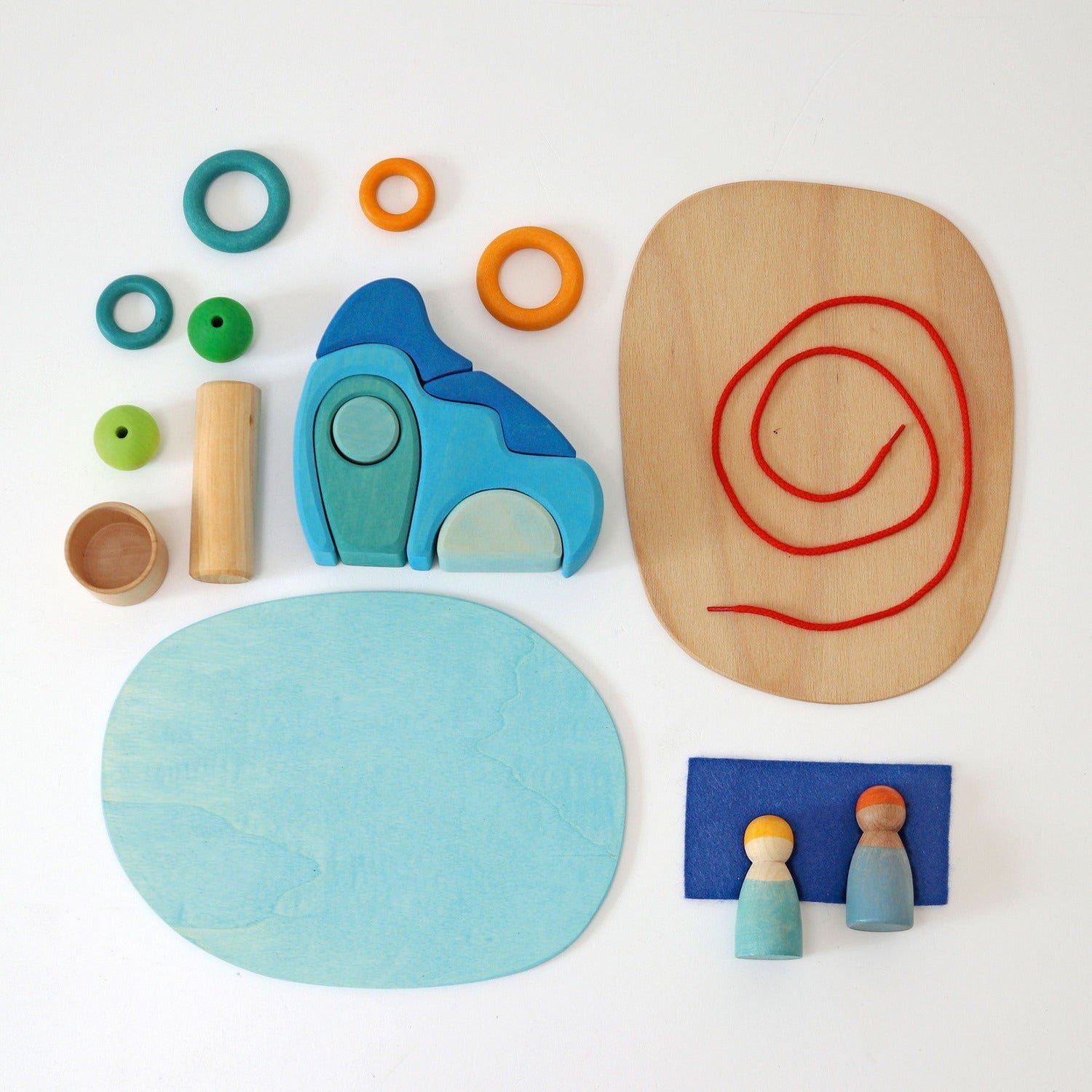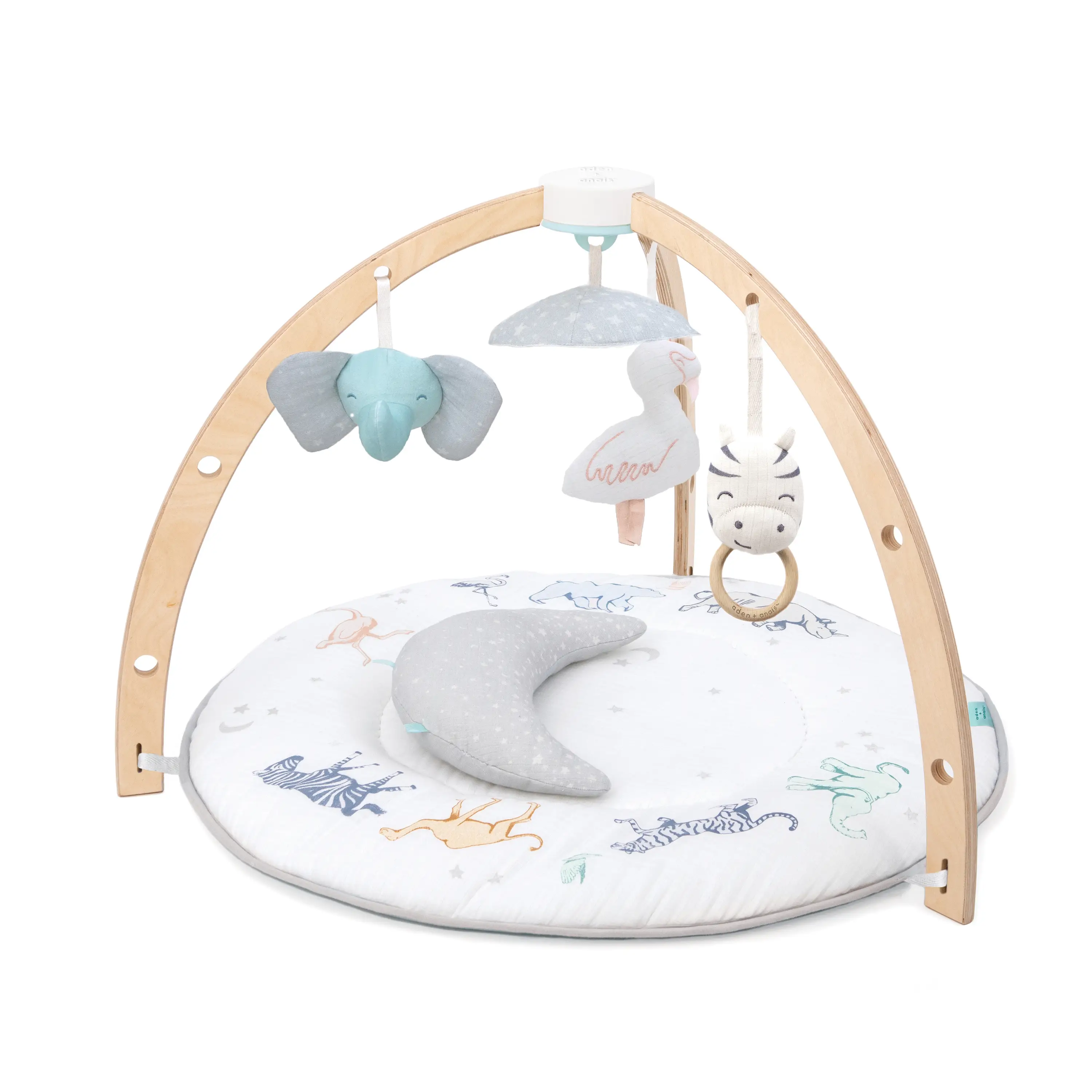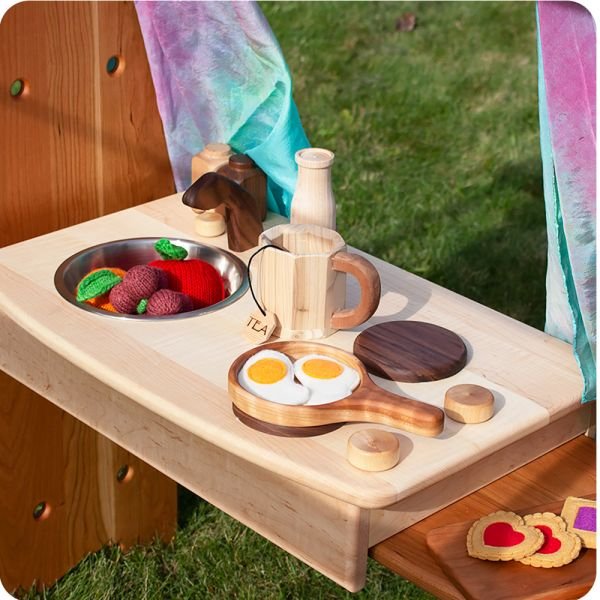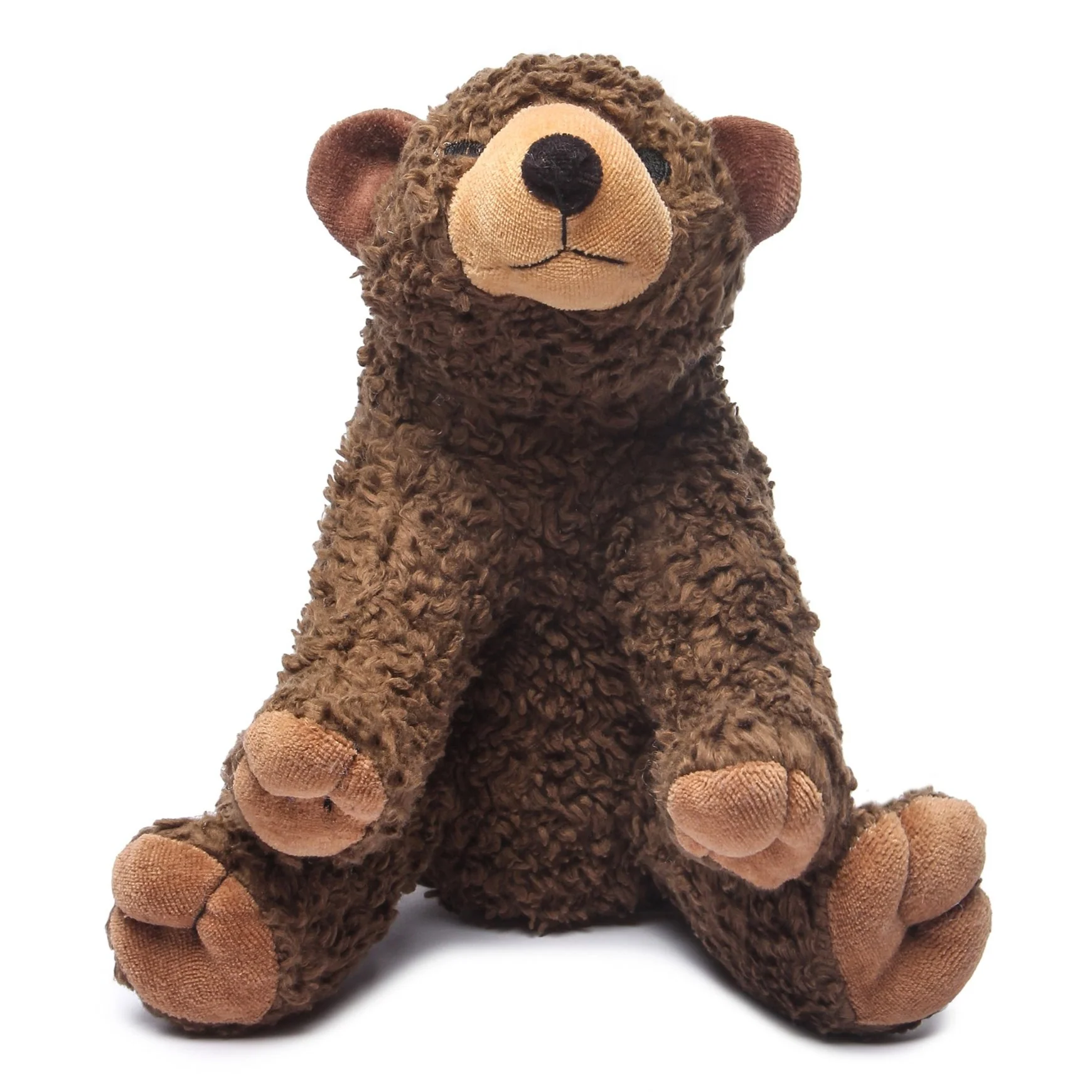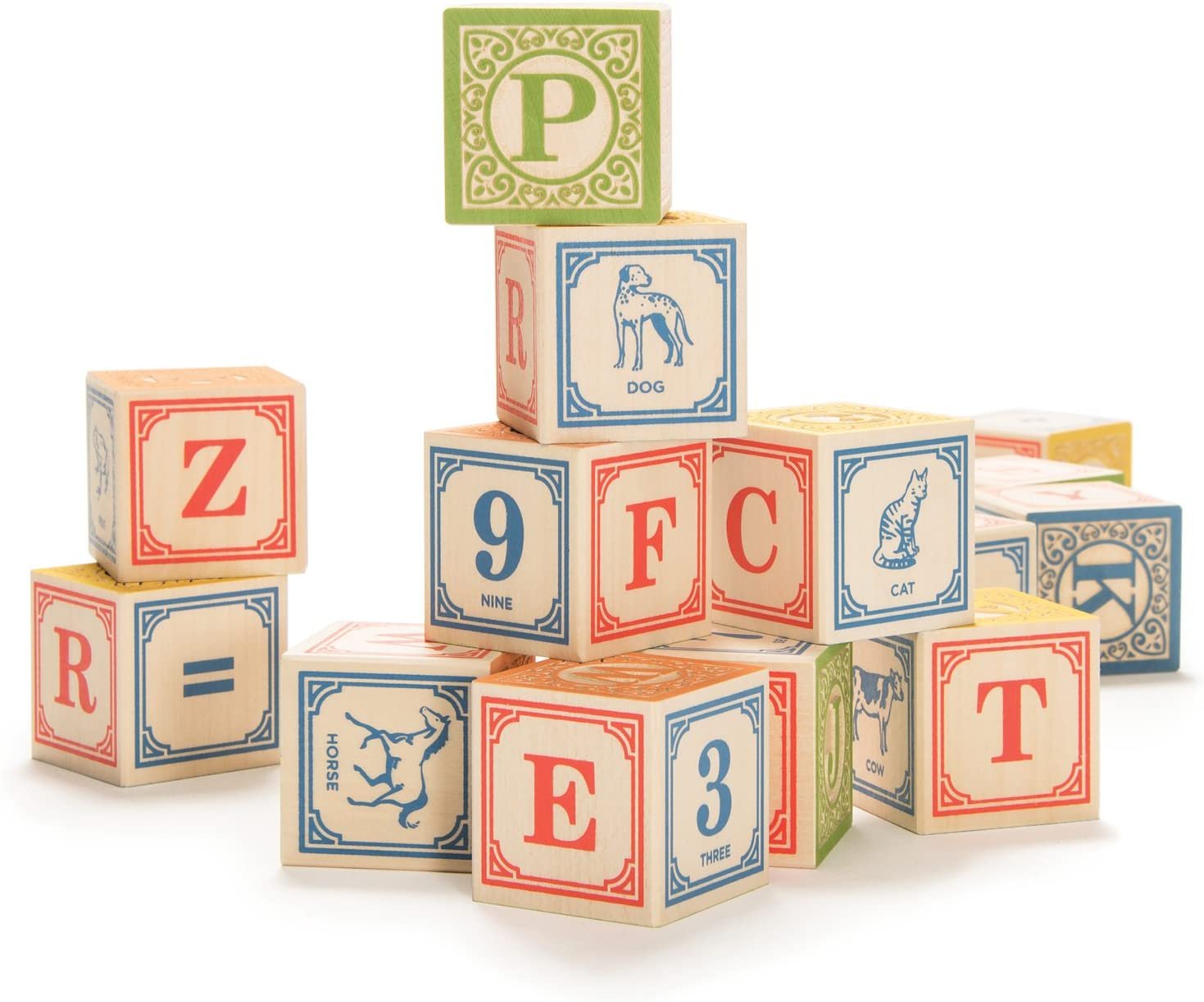5 Safe Toy Brands For Kids & Babies
As someone who cares deeply about the well-being and safety of children (I am an aunt to nine!!!), it's important to recognize the significance of selecting non-toxic toys. We all want the best for our little ones, and by choosing toys made from natural materials, we can contribute to their overall health and happiness. The growing popularity of non-toxic products is a reflection of our collective desire to lead a more natural lifestyle, and opting for non-toxic toys allows us to detoxify our homes and minimize our children's exposure to harmful toxins.
Non-toxic toys play a significant role in this lifestyle, as they are crafted from natural materials that pose no harm to our children during their playtime. These toys are free from any chemicals or toxins that could potentially jeopardize their well-being.
Children are more vulnerable to the effects of toxins due to their ongoing development so it is very important to limit their toxic exposures. Additionally, their natural inclination to explore and put things in their mouths increases the risk of exposure to potential toxins. Non-toxic toys serve as an excellent solution to minimize this exposure and keep our little ones safe. Here’s what to lookout for.
Chemicals Lurking In Mainstream Children’s Toys:
Lead: a highly toxic metal that can impair a child's development and cause serious health issues. It has been commonly used in paint, especially in older toys or those manufactured in countries with less stringent safety standards.
Phthalates: a group of chemicals used to soften plastic and make it more flexible. They have been associated with hormone disruption and potential developmental and reproductive issues. Phthalates are commonly found in soft plastic toys, such as rubber ducks or teething rings.
Bisphenol A (BPA): a chemical used in the production of polycarbonate plastics and epoxy resins. It has been linked to hormone disruption and various health problems. While it is more commonly associated with plastic bottles or food containers, it can also be found in certain toys, especially those made of hard, clear plastic.
Formaldehyde: a strong-smelling chemical that is used in the production of some plastics, adhesives, and wood products. It is classified as a carcinogen and an irritant. Formaldehyde can be present in some toys made of pressed wood or certain glues used in manufacturing.
Flame Retardants: Flame retardant chemicals are added to some toys to reduce their flammability. However, certain flame retardants, such as polybrominated diphenyl ethers (PBDEs), have been associated with hormone disruption, developmental issues, and potential long-term health risks. They are commonly found in foam materials, such as cushions or padding within toys.
With being the cool-aunt (kidding, kidding) who insists on giving gifts to all nine of my beautiful nieces and nephews, I’ve done the research and found the safest and coolest toys for both babies and kiddos.
Holistic With Heidi Approved Non-Toxic Toy Brands:
Grimms Natural Toys: is known for their beautifully crafted, open-ended wooden toys that inspire imaginative play and creativity in children. Colorful, trendy, and safe—I am here for it!
Camden Rose Toys: specializes in handcrafted, natural wooden toys and dolls made from sustainable non-toxic materials, promoting a sense of warmth and simplicity in play. Their play kitchens are top notch!
Uncle Goose Toys: offers high-quality, handcrafted wooden blocks featuring educational designs, encouraging children to explore and learn through tactile play. Made in the USA and a CLASSIC!
Bears For Humanity: produces organic, eco-friendly stuffed animals made from 100% certified organic cotton, providing children with soft companions while prioritizing human health. Love seeing a teddy bear made from chemical-free & organic materials!
Aden + Anais: is renowned for their soft, breathable muslin swaddles and baby blankets that are not only gentle on delicate skin but also versatile for various uses, including as nursing covers or stroller shades. Their security blankets (aka loveys) are so precious!
Safer Toy Materials:
Wood: Toys made from solid, untreated wood or finished with natural dyes and oils are generally considered safe and non-toxic. Look for toys made from sustainably sourced hardwoods, such as maple or beech, and ensure they are free from toxic paints, varnishes, or chemical treatments.
Natural Fabrics: Toys made from natural fabrics like organic cotton, wool, or hemp are typically safe and non-toxic. Ensure that the dyes used are non-toxic and free from harmful chemicals.
Natural Rubber: Toys made from natural rubber, derived from the sap of rubber trees, are often non-toxic and free from harmful chemicals. Look for toys that are specifically labeled as made from 100% natural rubber and free from synthetic additives.
Food-Grade Silicone: Silicone is a non-toxic material commonly used in baby teethers and sensory toys. Look for toys made from food-grade silicone, which is free from BPA, phthalates, and other harmful chemicals.
Stainless Steel: Toys made from stainless steel, such as musical instruments, stacking cups, or building sets, are generally non-toxic and durable. Ensure that the stainless steel used is of high quality and free from coatings that may contain harmful chemicals.
Natural or Non-Toxic Paints and Finishes: If a toy is painted or finished, opt for products that use non-toxic, water-based paints or natural finishes, such as beeswax or vegetable dyes. Avoid toys with paints or varnishes that may contain lead, phthalates, or other toxic substances.
Glass: While more fragile than other materials, toys made from tempered glass or borosilicate glass can be non-toxic and provide sensory experiences. Look for toys made from high-quality glass that is shatter-resistant and free from harmful additives.
The last thing you want is for your baby to be exposed to dangerous, toxic chemicals, so do your best to shop for non toxic toy options instead!

